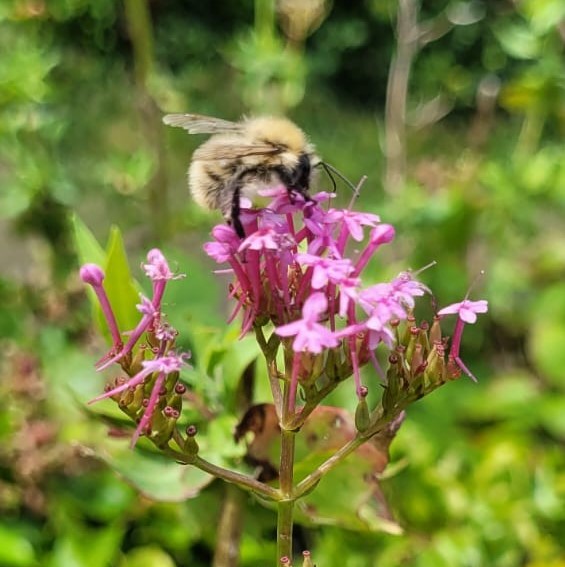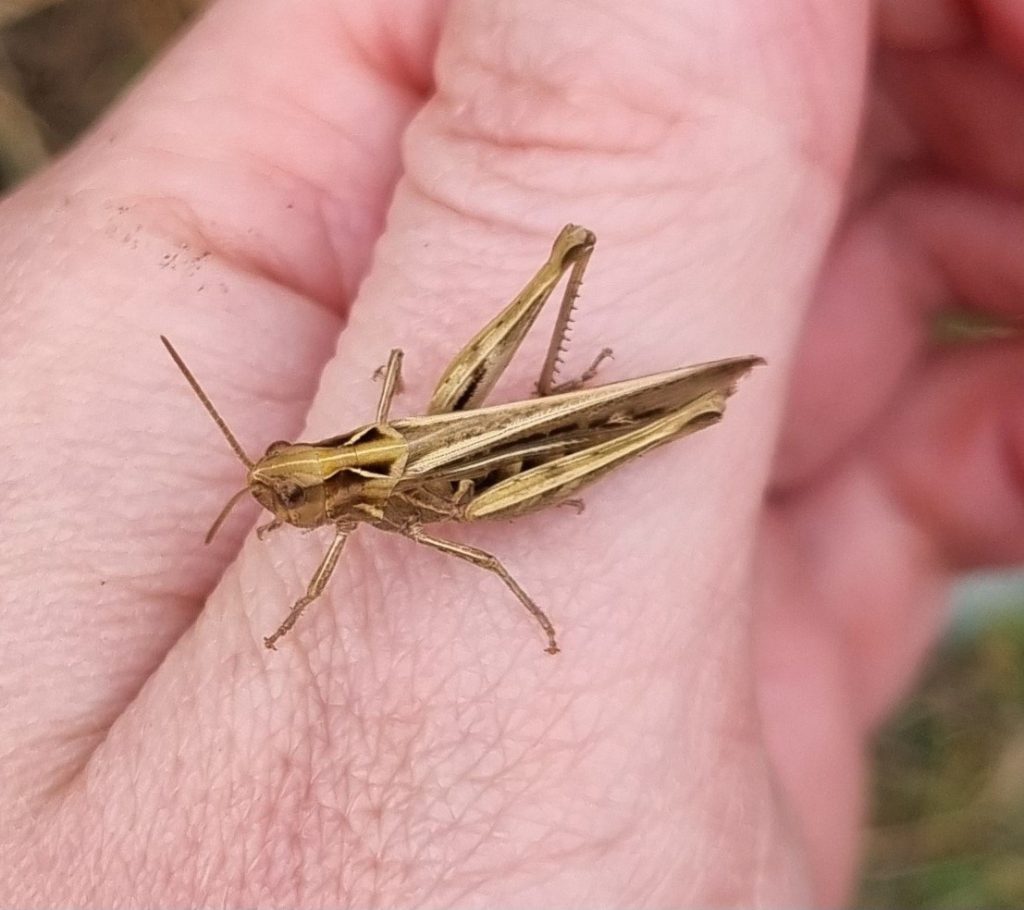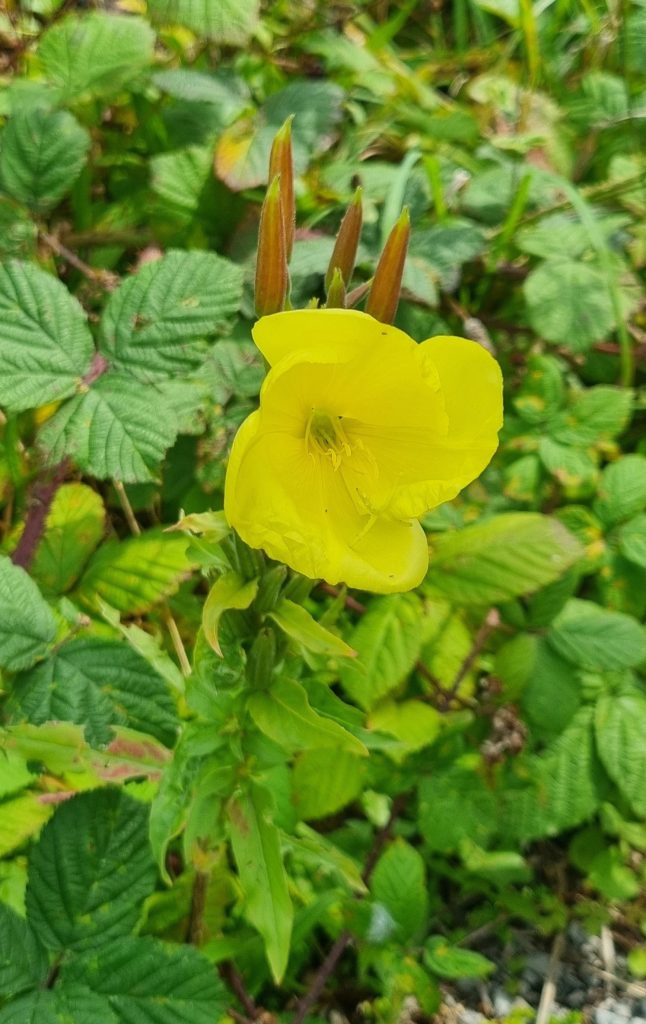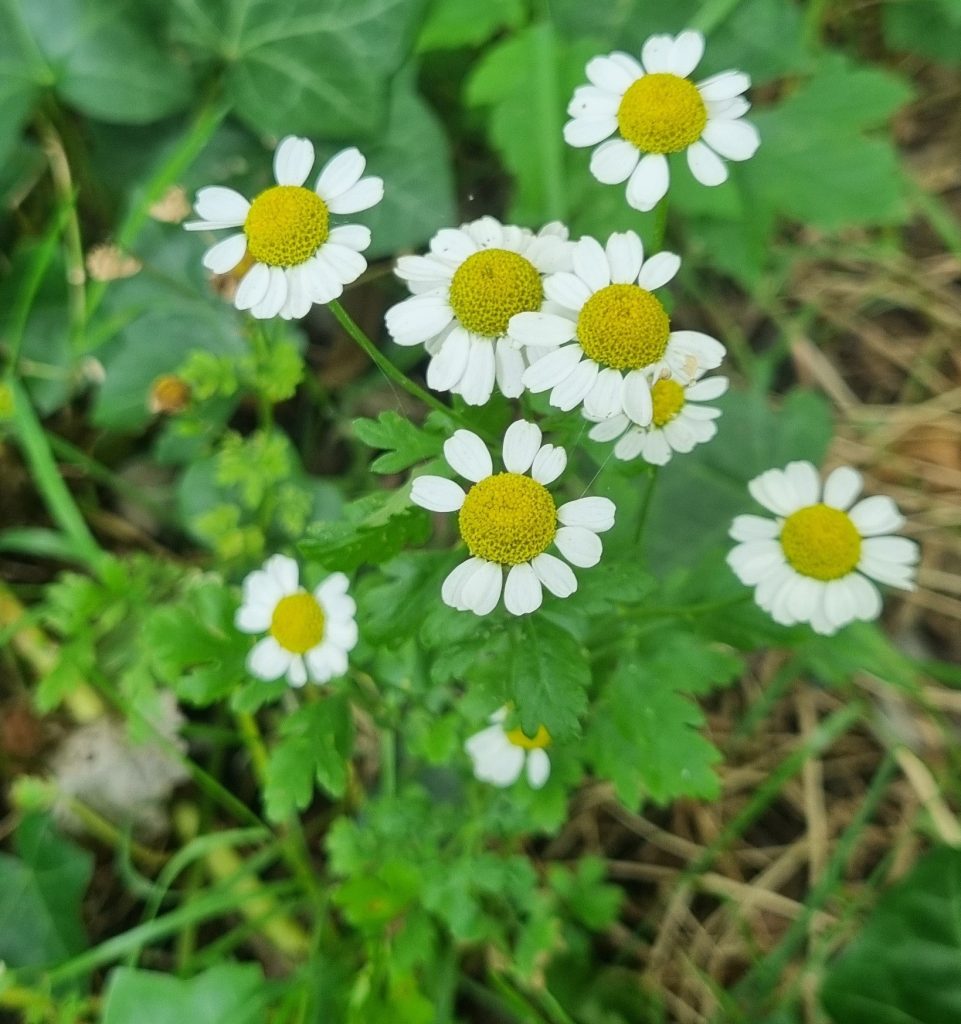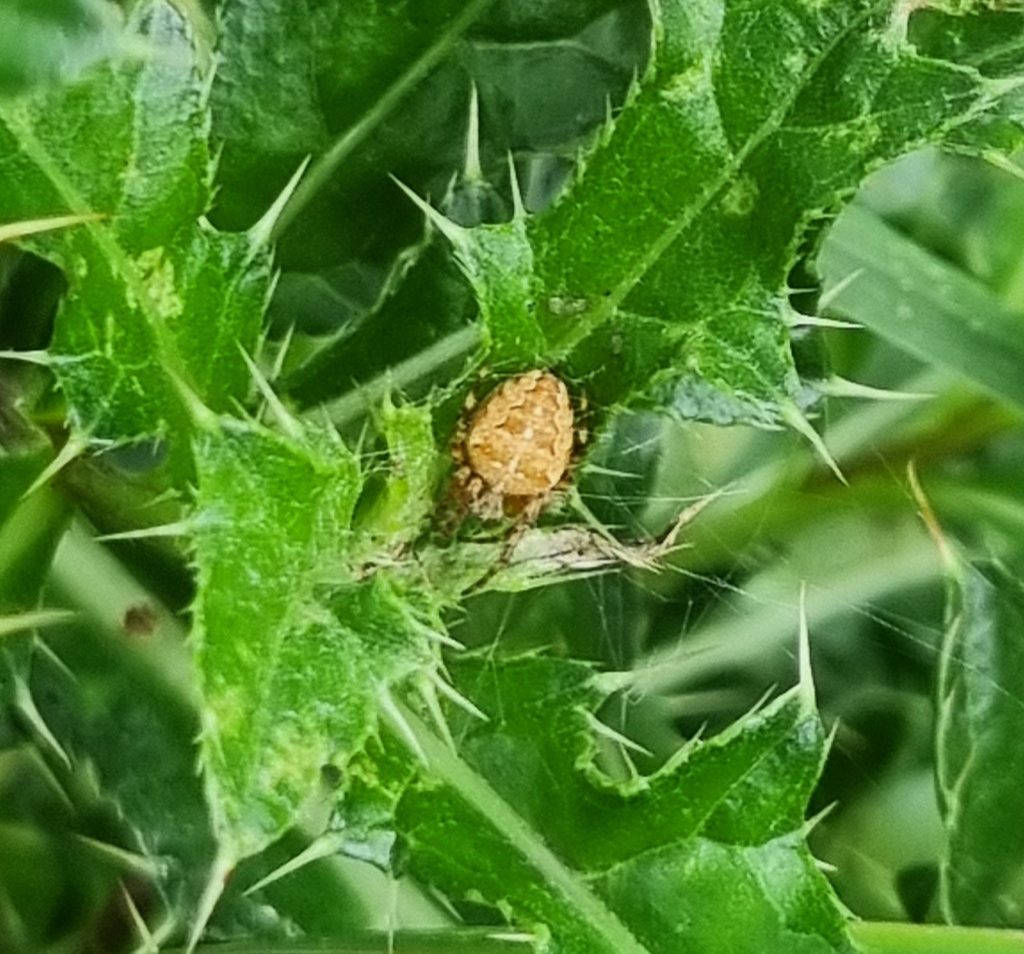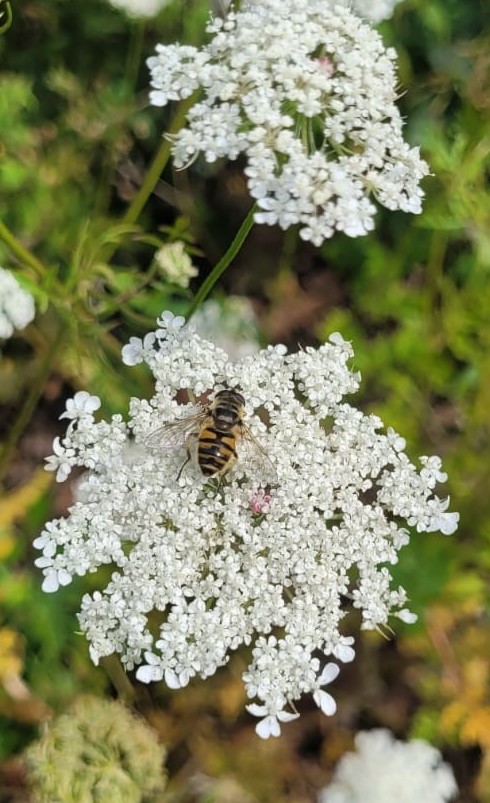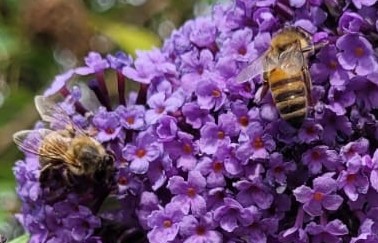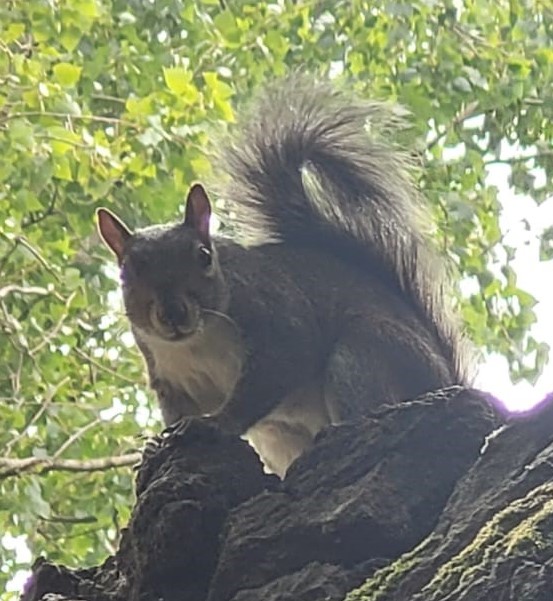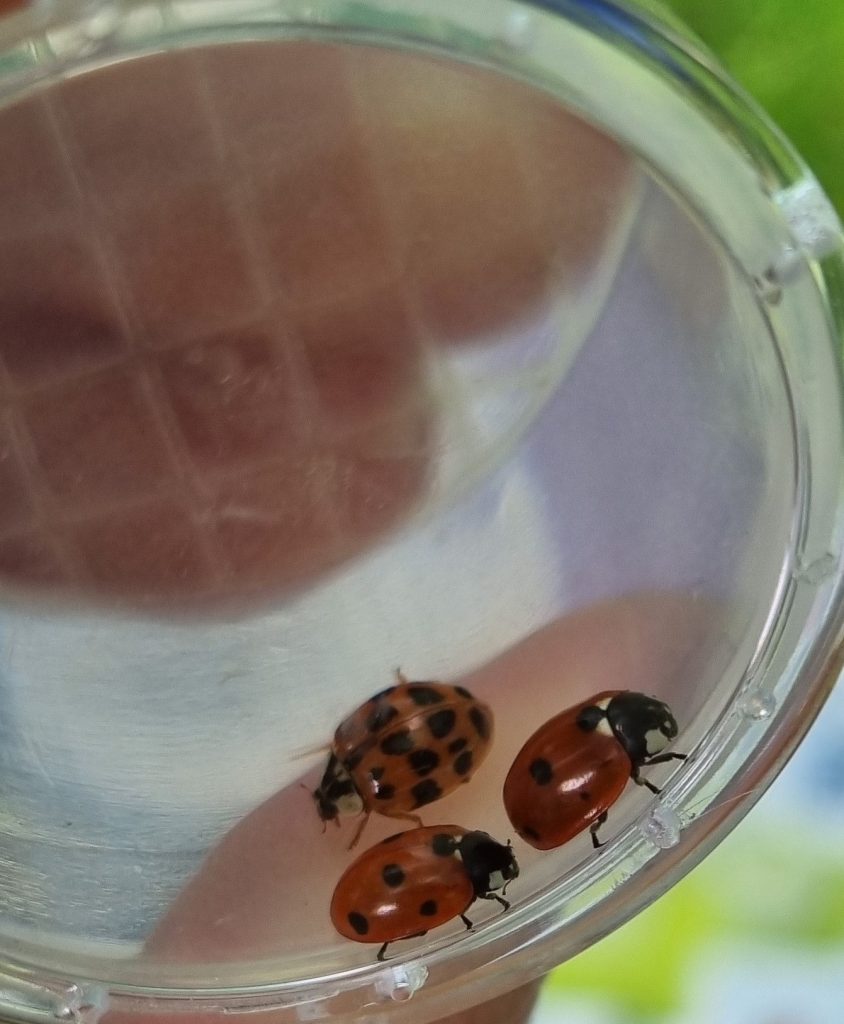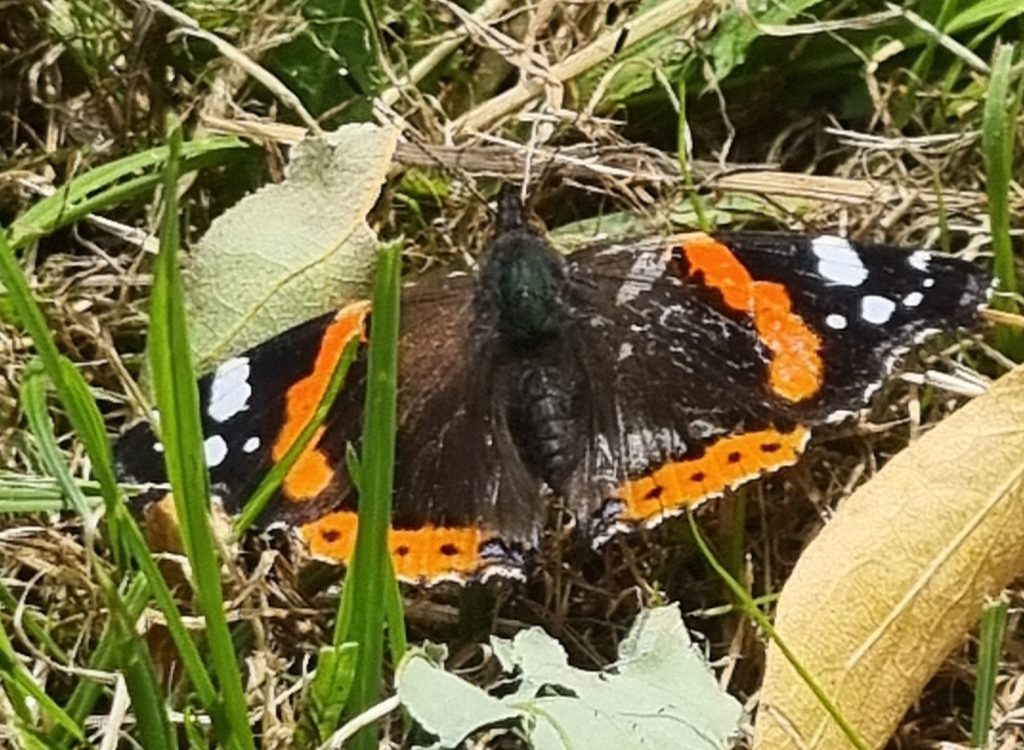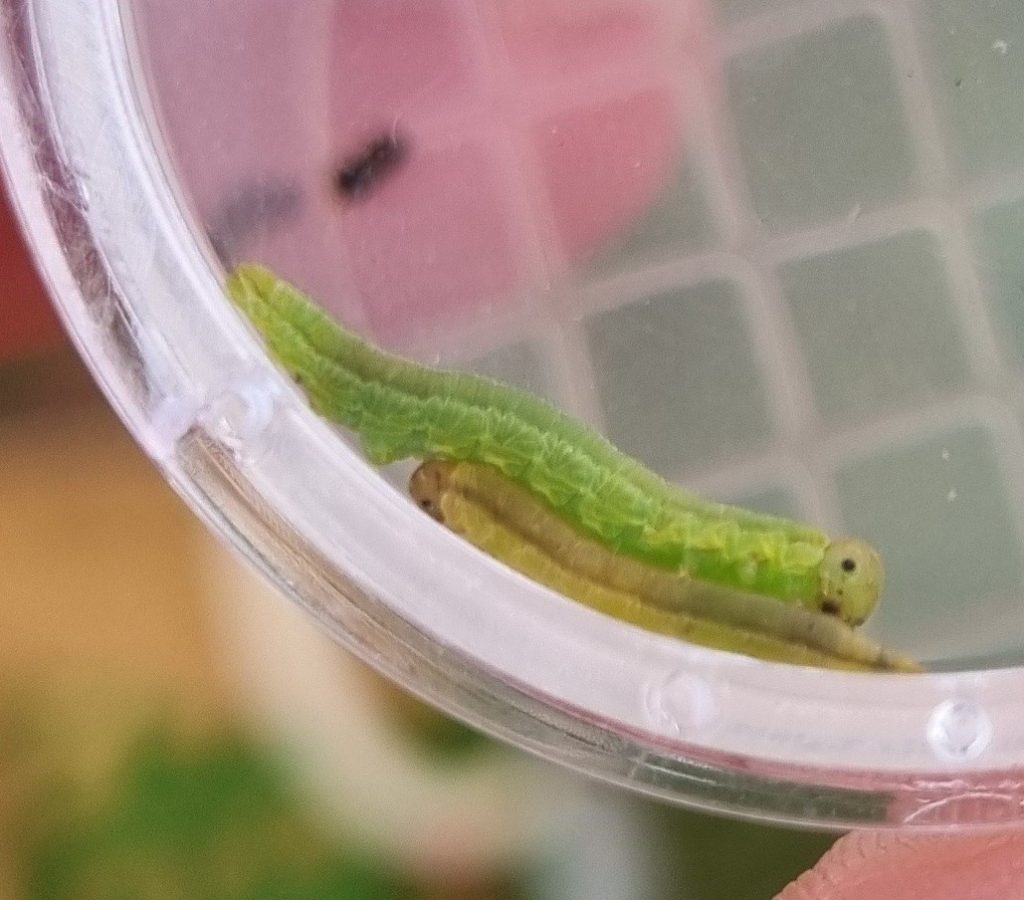This summer has seen our StreetScene Parks and Green Spaces team join forces with Parks Friends groups and Merseyside BioBank to host a series of BioBlitz events across Liverpool’s green spaces. The team explains how they play a vital part in looking after our wildlife.
A BioBlitz is essentially a wildlife treasure hunt, aiming to record as many species of plants, animals and fungi as possible. One visitor summed it up perfectly: “A bit like real-life Pokémon Go but for wildlife then?” It’s the perfect way to get out in nature with the whole family and learn what critters and plants call Liverpool home, and it’s entirely free.
Using the iNaturalist app, participants can upload photos and sound clips of their sightings, helping identify everything from bird songs to bat calls. You don’t need to be an expert, the app suggests IDs and maps your observations for others to see.
Recording wildlife is a great way to connect with our parks and learn about the habitats around us. Every sighting is logged with Merseyside BioBank, where it helps safeguard green spaces, inform planning decisions, and support habitat protection. The data also feeds into the Liverpool City Region’s Local Nature Recovery Strategy and informs key initiatives such as the Council’s Pollinator Strategy.
Our first mini-BioBlitz events with Friends of Garston Park found over 40 species in just two small patches of grass, including bees, butterflies, arachnids, plants, and even a fungus. These findings made up more than half of all the species records for the site and drew the attention of a flock of house martins nearby. It’s a great example of how relaxed mowing can support thriving habitats.
At Otterspool, our botanists unexpectedly caught the entomology bug – bug hunts reveal just how rich the UK’s invertebrate life is, with over 40,000 species recorded nationally. It’s also home to a variety of marine birds including cormorants and oyster catchers, as well as a number of wildlflowers like blue chicory, bright pink Knapweed and vibrant yellow ragwort.
Over in St James’ Gardens, hidden away below the Anglican Cathedral, the ramps above the catacombs have an abundance of wildflowers like the beautiful, delicate Scarlet Pimpernel, Evening Primrose, Red Valerian and Feverfew. The swathes of buddleia attract a variety of butterflies including Red Admiral, Comma and Large Whites, as well as bees, grasshoppers and hoverflies.
BioBlitzes aren’t just about discovery. They’re vital to our efforts to protect and enhance our natural environment. Every record builds a clearer picture of local biodiversity and helps to ensure that our parks thrive for generations to come. So, next time you’re out in nature, snap a photo, log a sighting, and be part of the city’s growing wildlife story.
